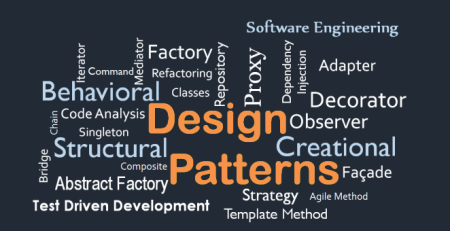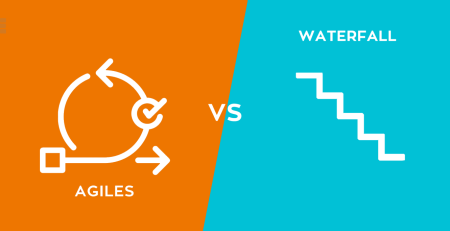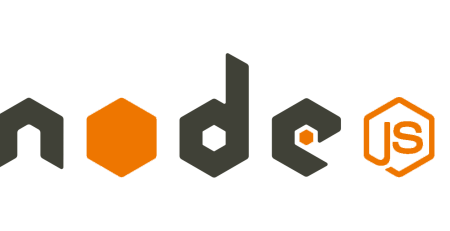Minimum Viable Architecture Or Just Enough Architecture
Many software architects struggle with over-architecture because they attempt to design the entire product up front. They attempt to anticipate what might be required in a year, but in the vast majority of cases, their work is thrown out because it was based on speculation rather than actual needs.
What is Minimum Viable Architecture?
The architecture that is “just enough” for the product to be released and needs to be continuously improved throughout the product’s lifetime is known as the Minimum Viable Architecture (MVA).
Using Minimum Viable Architecture (MVA), software products can be developed more quickly and with a higher rate of return. You pay and build in small increments as opposed to making one large investment to pay for the creation of your architecture. An early release gives you more feedback to shape your product from the start, similar to an MVP. Additionally, you get a head start on developing a clientele, allowing you to establish yourself sooner in a competitive market.
The MVA methodology enables a company to determine whether or not their product will succeed before pitching their idea to investors, which can be extremely helpful for a business that depends heavily on investor buy-in. They will also include a strong business case that demonstrates the product’s viability in the market when pitching their idea.
Maintaining the flexibility of the architecture is crucial, and using the strategy of “Delay design decisions until they are absolutely necessary” is a good way to do so.
When you use an MVA strategy, agility is put first. Your architecture is more adaptable because it will develop along with your software products.
The main Minimum Viable Architecture principles
- Build for the most likely scenario
- Keep the design flexible enough to tackle edge-case scenarios as they arise
- The product is built in small increments over a certain length of time
- This type of architecture is grounded in concrete and factual requirements instead of assumptions
Finding the business’s objectives is the first step in successfully implementing a Minimum Viable Architecture. Additionally, it is crucial to determine who the final product’s target users are. Then, map the entire customer journey, including the issues that they are trying to resolve.
Differentiating between must-have features and desirable features is essential. The highest priority should be given to features that directly address the customers’ most pressing pain points. At this point, it can be very helpful to define the target objectives for the strategies as well as the metrics for success measurement. You should read the book “Software Architecture Metrics,” which discusses various case studies and suggests important metrics and KPIs to consider.
Since every application has a first release that can be considered an MVP, MVPs are not just for startups. The use of MVPs in product development strategies is beneficial.
Teams can evaluate the technical viability and provide a solid foundation for the product that can be modified as it develops by developing a Minimum Viable Architecture (MVA) as part of an MVP.
The Minimum Viable Architecture model relies on conducting small experiments to test assumptions and using the results of those experiments to direct development, which can ultimately lead to a highly polished final product. MVA responds to changing customer needs and technological advancements by offering an adaptable framework that can assist in achieving target business objectives. This can help greatly in fostering agility.
And let us know if you need assistance with your software architecture project; we might be able to help! Software architecture is our area of expertise!













Leave a Reply